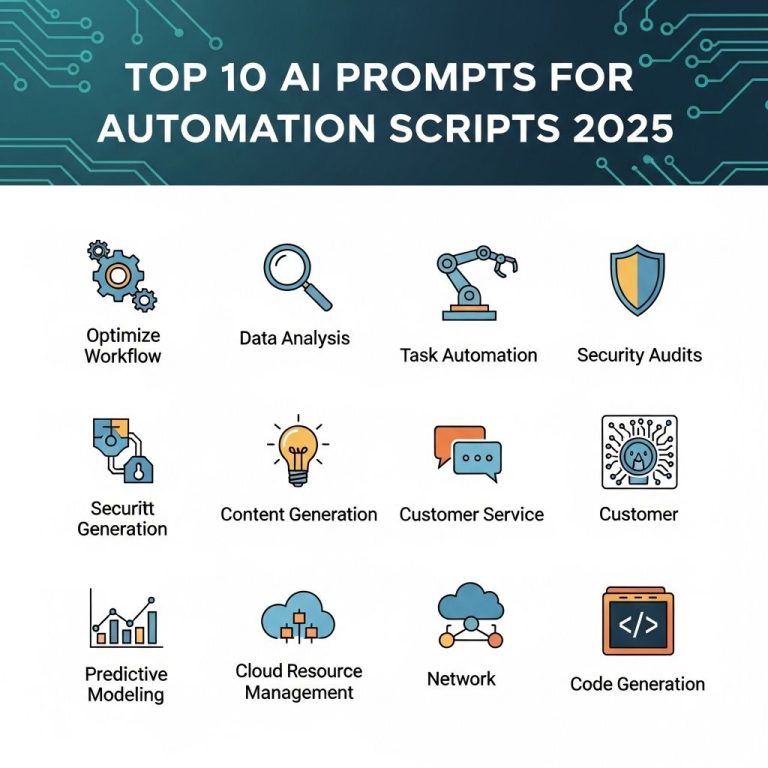In an age where seamless interactions between humans and machines are becoming the norm, the importance of voice recognition technology cannot be overstated. Mobile applications are increasingly incorporating voice recognition capabilities to enhance user experience, facilitate hands-free operation, and improve accessibility. This article delves into some of the best mobile voice recognition SDKs available, examining their features, advantages, and use cases.
Understanding Voice Recognition Technology
Voice recognition technology involves the ability of a machine or program to identify and process human voice inputs. It typically operates through two main processes:
- Speech Recognition: The conversion of spoken words into text.
- Natural Language Processing (NLP): Understanding the context and meaning of the recognized text.
Key Features to Look for in a Voice Recognition SDK
When selecting a voice recognition SDK for mobile applications, consider the following key features:
- Accuracy: The ability to accurately transcribe speech with minimal errors.
- Language Support: Support for multiple languages and dialects to cater to a diverse user base.
- Customizability: Options for training the model on specific vocabularies or phrases relevant to your application.
- Integration: Ease of integration with existing platforms and systems.
- Real-time Processing: Capability to process voice inputs in real-time for instant feedback.
Top Mobile Voice Recognition SDKs
Here’s a rundown of some of the leading mobile voice recognition SDKs that developers can leverage:
1. Google Cloud Speech-to-Text
Google’s Speech-to-Text SDK offers powerful features and capabilities.
| Feature | Description |
|---|---|
| Real-time transcription | Converts speech in real-time with high accuracy. |
| Multi-language support | Supports over 120 languages and variations. |
| Word-level timestamps | Provides timestamps for each word to aid in synchronization. |
2. IBM Watson Speech to Text
IBM Watson offers robust solutions for speech recognition that can be tailored to various needs.
- Adaptable Language Models: Customizable language models enhance accuracy based on domain-specific jargon.
- Speaker Diarization: Identifies multiple speakers in a conversation.
- Secure Data Handling: Ensures data privacy with strong encryption methods.
3. Microsoft Azure Speech Service
Azure’s Speech Service combines several features into a comprehensive voice recognition toolkit.
- Speech Recognition: Converts spoken audio into text.
- Text-to-Speech: Converts text back into natural-sounding audio.
- Translation: Can translate spoken words into different languages in real-time.
4. Apple Speech Framework
The Apple Speech framework facilitates voice recognition on iOS devices.
- On-device Processing: Processes voice inputs without needing an internet connection.
- Privacy Focused: User data is handled locally, enhancing user privacy.
5. Nuance Dragon SDK
Nuance is renowned for its voice recognition solutions, particularly in the healthcare and automotive sectors.
| Feature | Description |
|---|---|
| Specialized Vocabulary | Supports industry-specific vocabularies for better accuracy. |
| Highly Customizable | Developers can tailor it to specific application needs. |
| Enterprise Support | Provides support for large-scale applications. |
Integrating Voice Recognition into Your Mobile Application
Integrating voice recognition capabilities into your mobile application can dramatically enhance user interaction. Here are some steps to consider:
- Define Use Case: Clearly define the purpose of incorporating voice recognition, such as commands, dictation, or search.
- Select SDK: Choose the right SDK based on your app’s requirements and target audience.
- Implement the SDK: Follow the documentation provided by the SDK for easy integration.
- Test and Optimize: Conduct extensive testing to adjust settings for optimal performance and accuracy.
Challenges and Considerations
While implementing voice recognition features has numerous benefits, it also presents challenges:
- Accents and Dialects: Variability in pronunciation can impact accuracy.
- Background Noise: Ambient sound can interfere with voice recognition quality.
- Privacy Concerns: Users may be apprehensive about their voice data being stored or processed.
Best Practices for Implementation
Here are some best practices to ensure a successful implementation of voice recognition:
- User Training: Educate users on how to utilize voice features effectively, especially if they require specific commands or phrasing.
- Provide Feedback: Give users visual feedback during voice processing to enhance user experience.
- Continuous Improvement: Regularly update the SDK and retrain models based on user interactions.
Conclusion
Voice recognition technology is transforming how users interact with mobile applications. With several high-quality SDKs available, developers can leverage these tools to create innovative, user-friendly applications that enhance engagement and accessibility. By understanding the features, challenges, and best practices associated with these SDKs, you can make informed decisions and successfully integrate voice recognition capabilities into your projects.
FAQ
What are the top mobile voice recognition SDKs available?
Some of the top mobile voice recognition SDKs include Google Cloud Speech-to-Text, Microsoft Azure Speech SDK, IBM Watson Speech to Text, Amazon Transcribe, and Nuance Vocalizer.
How do I choose the right voice recognition SDK for my mobile app?
To choose the right voice recognition SDK, consider factors like accuracy, language support, ease of integration, pricing, and additional features such as real-time processing or background noise handling.
Are there free voice recognition SDKs for mobile development?
Yes, there are free voice recognition SDKs available, such as Mozilla DeepSpeech and CMU Sphinx. However, these may have limitations in terms of features and support compared to paid options.
Can I use multiple voice recognition SDKs in a single mobile application?
Yes, you can use multiple voice recognition SDKs in a single mobile application, but ensure that they do not conflict and that the integration process is manageable.
What are the common use cases for mobile voice recognition technology?
Common use cases for mobile voice recognition technology include voice commands, transcription services, virtual assistants, accessibility features, and voice-controlled applications.
Is voice recognition technology secure for mobile applications?
While many voice recognition technologies implement security measures, it’s essential to assess the SDK’s privacy policies and data handling practices to ensure user data is protected.




